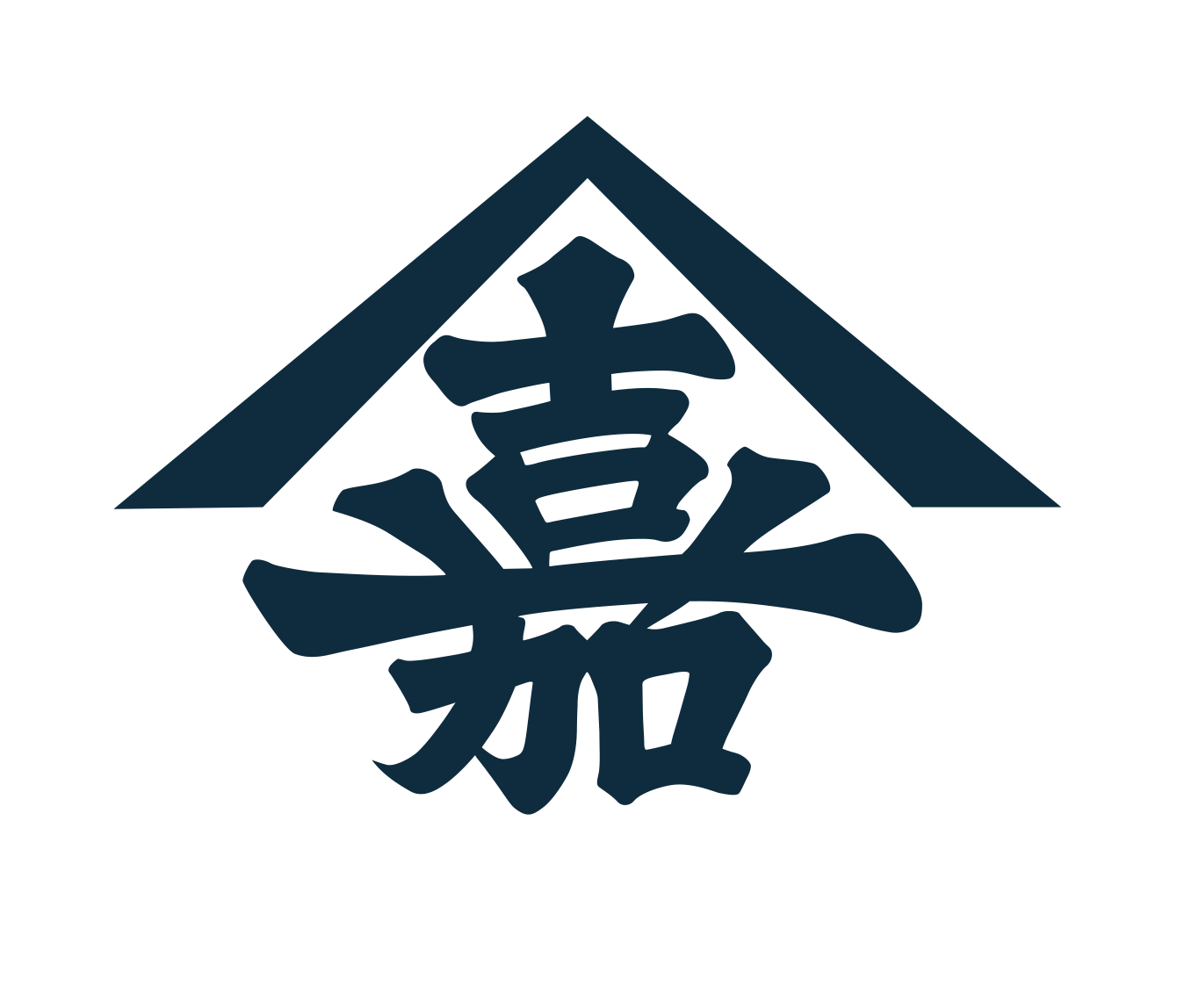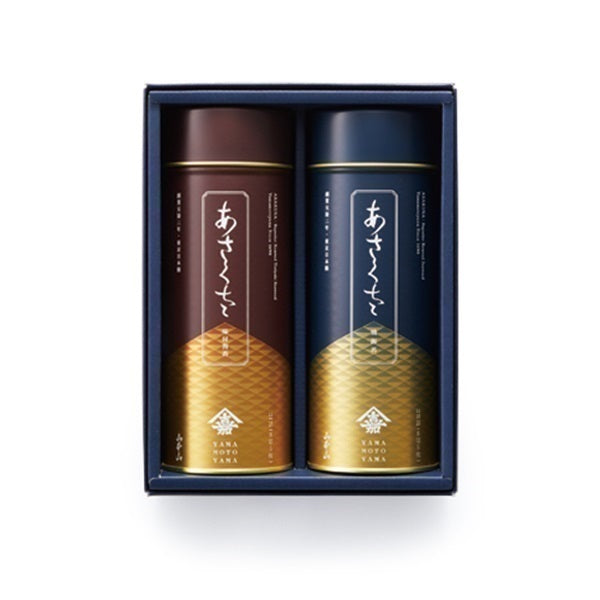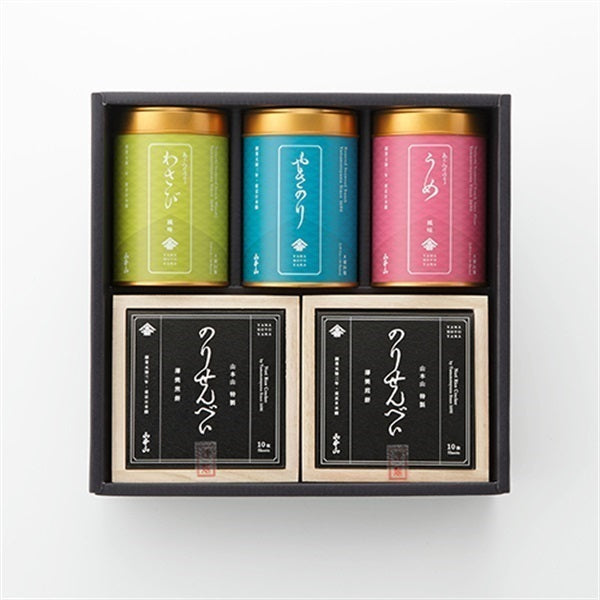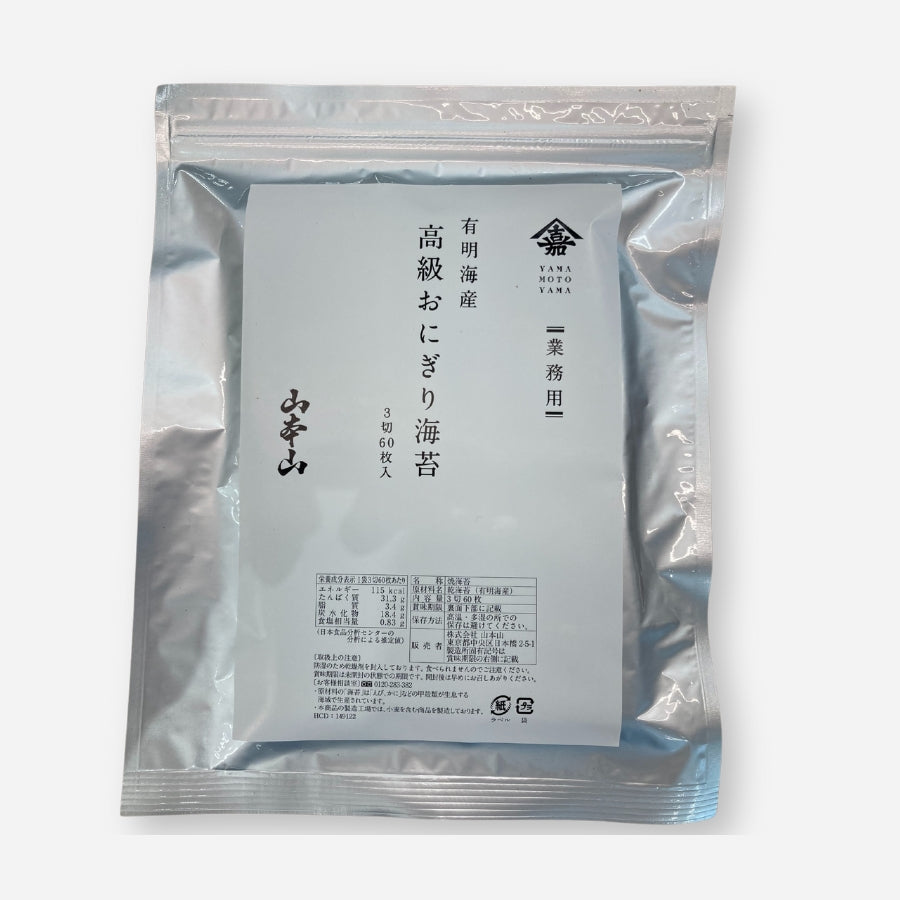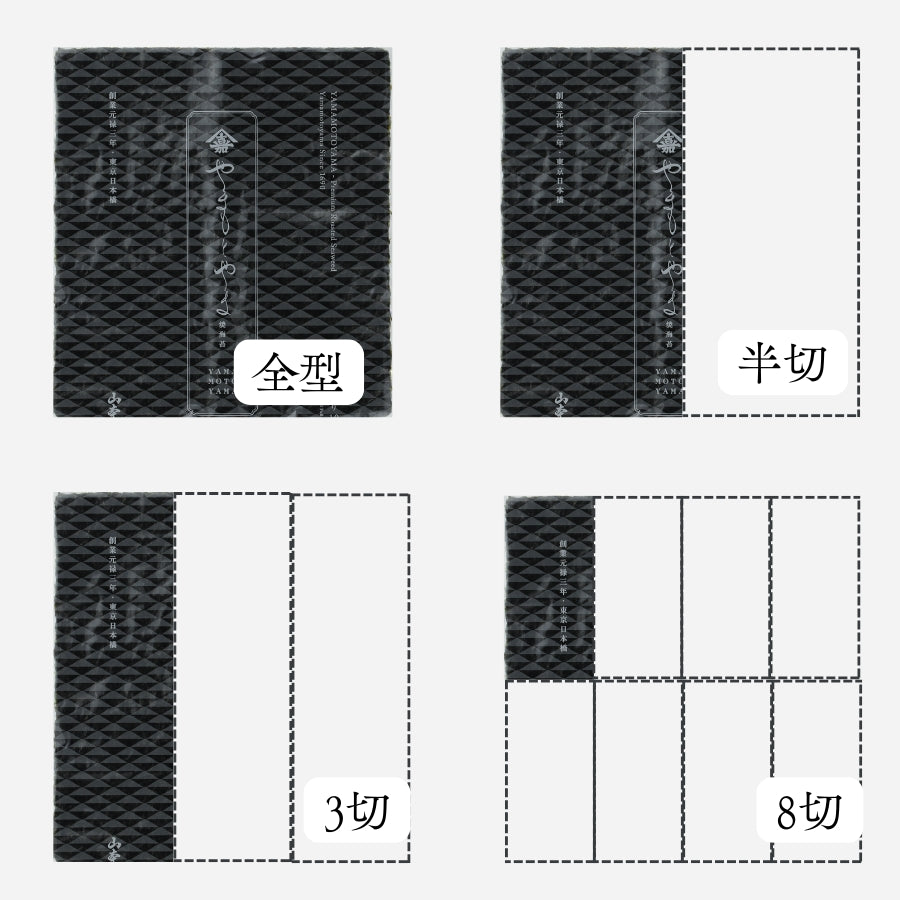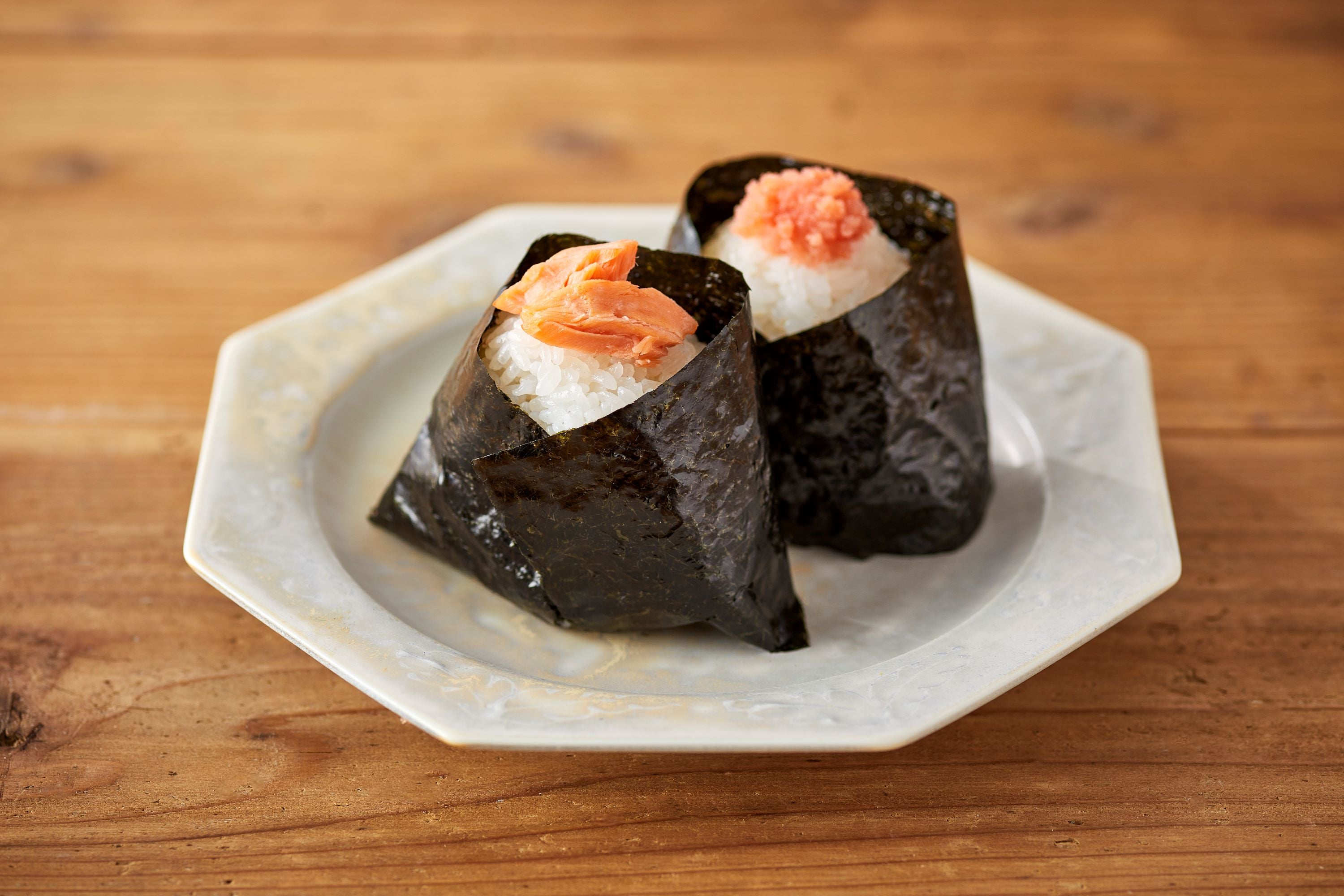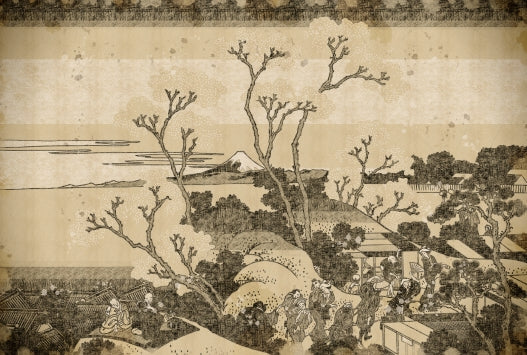
A delicious dish born from a bad law? The surprising story of Tsunayoshi and Nori seaweed
Introduction
When you hear about the Tokugawa family, who is the first person that comes to mind?
For me, that person is the fifth shogun, Tokugawa Tsunayoshi, who is known for his "Edict to Show Compassion for Living Things."
His extreme stance on animal rights is sometimes described as "bad law," but as someone who loves his dog like a child, I can somewhat sympathize with him.
However, it is surprising to learn that this infamous law actually had a major impact on seaweed cultivation, which is an essential part of Japanese food culture, and ultimately on the birth of nori sheets.
This time, let's take a peek into the depths of Japanese history and explore how two strange yet intriguing topics - Shogun Tsunayoshi and seaweed - came together.

What is the true meaning of the "Edict to Show Compassion for Living Things"?
The "Edict to Show Compassion for Living Things", which was described as "the most evil law in the world", was enacted after 1685 by Tokugawa Tsunayoshi, the fifth shogun of the Edo shogunate.
This law was gradually made more specific, and literally all living things came to be protected, from livestock such as horses and cats, to fish, monkeys, birds, turtles, snakes, insects, and reptiles.
Severe restrictions were also placed on falconry and hunting, which had been popular among feudal lords and military commanders. This law remained in place for about a quarter of a century until the death of Tokugawa Tsunayoshi in 1709.

Although this law is well known for its excessive protection of animals, especially dogs, it actually also included vulnerable human beings such as children, the sick, and the elderly as targets of protection.
Tsunayoshi is thought to have placed importance on protecting such people as part of his social welfare policy.
What would be considered modern-day abuse or neglect of children or the elderly was also subject to severe punishment.
On the other hand, there were cases where severe punishments, such as the death penalty or exile, were imposed on those who abused or injured dogs.

The changes brought about by the "Edict to Show Compassion for Living Things" in seaweed farming
At first glance, this Edict to Show Compassion for Living Things, issued by Tokugawa Tsunayoshi, was a kind law showing kindness to living creatures. However, it ended up bringing about unexpected changes in the fishing industry in Edo and is said to have led to the birth and development of nori farming, particularly the modern-day nori sheets.
In 1692, as a measure related to the Edict for Compassion for Living Things, the Sumida River surrounding the principal image of Sensoji Temple, covering an area of approximately 16 square cho (approximately 16 hectares), was designated as a sacred place where killing of any kind was forbidden and a fishing ban was imposed.

As a result of this decision, many fishermen who made their living by catching fish in the area were suddenly faced with an unprecedented crisis, losing their fishing grounds and cutting off their daily livelihoods.
However, faced with this desperate situation, they never give up and begin to search for a new way to survive.
Many fishermen migrated to the inner part of Edo Bay, such as Kisarazu and Yokohama, where restrictions on fishing were less severe, but some were hesitant to leave their hometown of Asakusa.
The place they chose to start their new life was a place called Omori, located south of Edo.
Omori is located at the mouth of the Tama River, which has a gentle current where boats can be moored, and fresh water rich in nutrients flows into the area from upstream.

A Miraculous Encounter: The Birth of Nori Sheets
One day, a fisherman named Noguchi Rokurozaemon, who was one of those immigrants from Asakusa, discovered a huge amount of black seaweed attached to countless stakes erected in the river.
It is said that essential conditions for the growth of abundant seaweed include calm seas with tides, nutrient-carrying rivers, and a moderate mix of saltwater and freshwater.
The coast of Omori is a blessed place with all the ideal natural conditions for seaweed growth.

This casual discovery sparked an innovative idea in Rokurozaemon's mind: to apply the techniques of washi papermaking, which had once been popular in his hometown of Asakusa.
Just like making delicate washi paper, the nori was made into a thin, even sheet and then dried in the sun, creating a sheet-like nori that had never existed before, and later came to be known as "hoshinori."

This new type of seaweed appeared in Edo markets under the name "Asakusa nori" and quickly gained a reputation for its rich seaweed aroma and ease of use that was not available with the fresh seaweed that had been the mainstream up until then, breathing new life into Edo's food culture.
Its popularity spread in an instant, and eventually its name became known throughout Japan, primarily in Edo.

Summary: Food culture woven from the fabric of history
How was it?
At first glance, the "Edict to Show Compassion for Living Things" appears to have been issued with kind intentions to show mercy on living creatures, but the fact that it ultimately led to the creation of the food culture of nori sheets, which are an indispensable part of the modern dinner table, is a testament to the depth of history, human adaptability, and above all, the way culture develops in unexpected ways. This is truly an example of the intertwining of history.
If it weren't for the series of decrees issued by Shogun Tokugawa Tsunayoshi, we might never see the flat sheets of nori seaweed that we use every day today in onigiri, temaki sushi, bento lunches, and more.
When you think about it that way, it feels as though even our everyday dining tables are filled with a mysterious connection to history.
